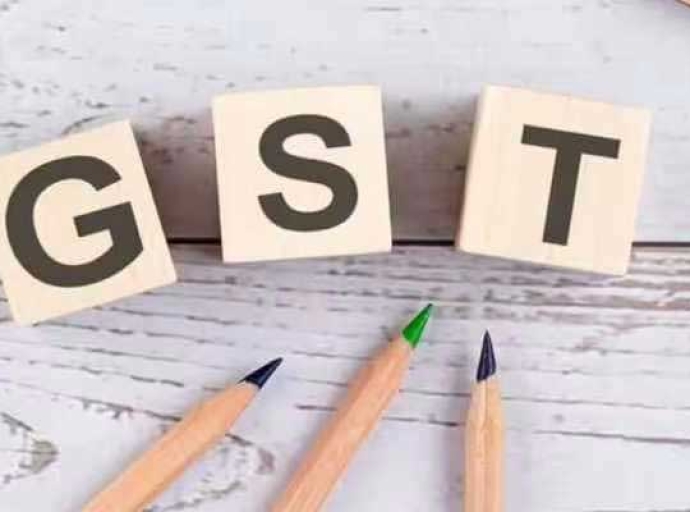20 February 2023, Mumbai
The literature has extensively discussed the Missing Middle (hence, MM) phenomena, particularly about developing nations. One of the theories contends that medium-sized businesses are leaving the market because they cannot compete. Conversely, small units may be eliminated from the competition before increasing their size and activity.
Given that in countries like India where MSMEs are the backbone of the industry and contribute significantly as a major employment generator across the small and large size-groups of establishments, with a remarkable ‘missing middle’.
The "missing middle" issue in Indian textiles is well described as the lack of mid-sized firms in this sector, leading to impeding growth and impacting employment opportunities.
Prelude
The missing middle issue in Indian textiles refers to the absence of small and medium-sized enterprises in the sector, which creates a gap between large-scale textile producers and individual artisans.
With the government's multiple pro-business initiatives aimed at helping small and medium-sized businesses (SMBs) thrive, financial mismanagement causes many small businesses to spring up to vanish as soon as their requests for financial aid are approved.
In contrast to the units that permanently left, the group of medium-sized firms that persisted has a larger profit margin ratio. The investment turnover ratio is similar in this regard. The coefficients of several financial indicators are shown to be statistically significant for just a few years, which suggests that the association between the likelihood of a business being pulled out and economic indicators is minimal.
Factors leading to the problem
Due to two factors, the MM problem is significant in the Indian setting. There has been substantial worry about two things: first, providing enough work possibilities for the expanding youthful population, and second, addressing the commercial interests of the expanding middle-class population. Since the start of the planning period, India's economic development strategy has focused on industrial development as the primary engine of overall economic growth.
The contribution of the manufacturing sector to general employment and output of the economy has not increased as expected when compared to other major industrializing nations like China and South Korea, despite significant changes in policy strategy from License Raj and public-sector-led growth to market-oriented growth through trade and industrial liberalization during the post-1990s period.
Historical perspective
The Indian economy has emerged from two consecutive quarters of contraction, growing by 0.4% in the three months leading up to December 2020. Yet, there is a catch: the V-shaped recovery may be optical, and a missing middle remains.
This implies that despite a rapid acceleration in growth that has manifested itself as a V-shaped rebound, most analysts think it will never approach the pre-Covid trend line.
This trend line represents the trajectory that the gross domestic product (GDP), the most common indicator of income, would have followed in the absence of the pandemic.
Recovery has undoubtedly been uneven. The most significant source of employment, tiny low-end manufacturing enterprises in the "middle," have not experienced growth, according to experts, who warned that rising gasoline costs and a recent rash of Covid cases in several areas are potential threats.
Restoration steps
To restore at least 14 million lost employment, as predicted by the Centre for Monitoring of the Indian Economy, the reversal must be more widespread. The epidemic more severely impacted services than manufacturing.
The trade, lodging, transportation, and communication services sectors, which make up around 16% of employment, had the most significant service declines. The main obstacle is still a need for more demand. Consumer durables, food, clothes, health, transportation, and education are just a few products and services people spend little on, particularly those in lower-income households.
Deep dive
This impedes the growth and development of the industry, as well as restricts opportunities for small-scale entrepreneurs and artisans to access markets and resources.
A broad-based recovery depends on the health of India's struggling small enterprises, which account for over 25% of the country's GDP and over 40% of its industrial output. According to Joshi, they are the missing middle.
Smaller businesses' revenues were hit harder by the pandemic than more prominent firms, which was the primary source of employment losses. Joshi claimed that domestic demand and commerce dynamics remain unfavorable for small enterprises.
A lack of negotiating leverage and financial constraints have prevented the recovery from reaching labor-intensive areas of the economy.
Latest Publications

































